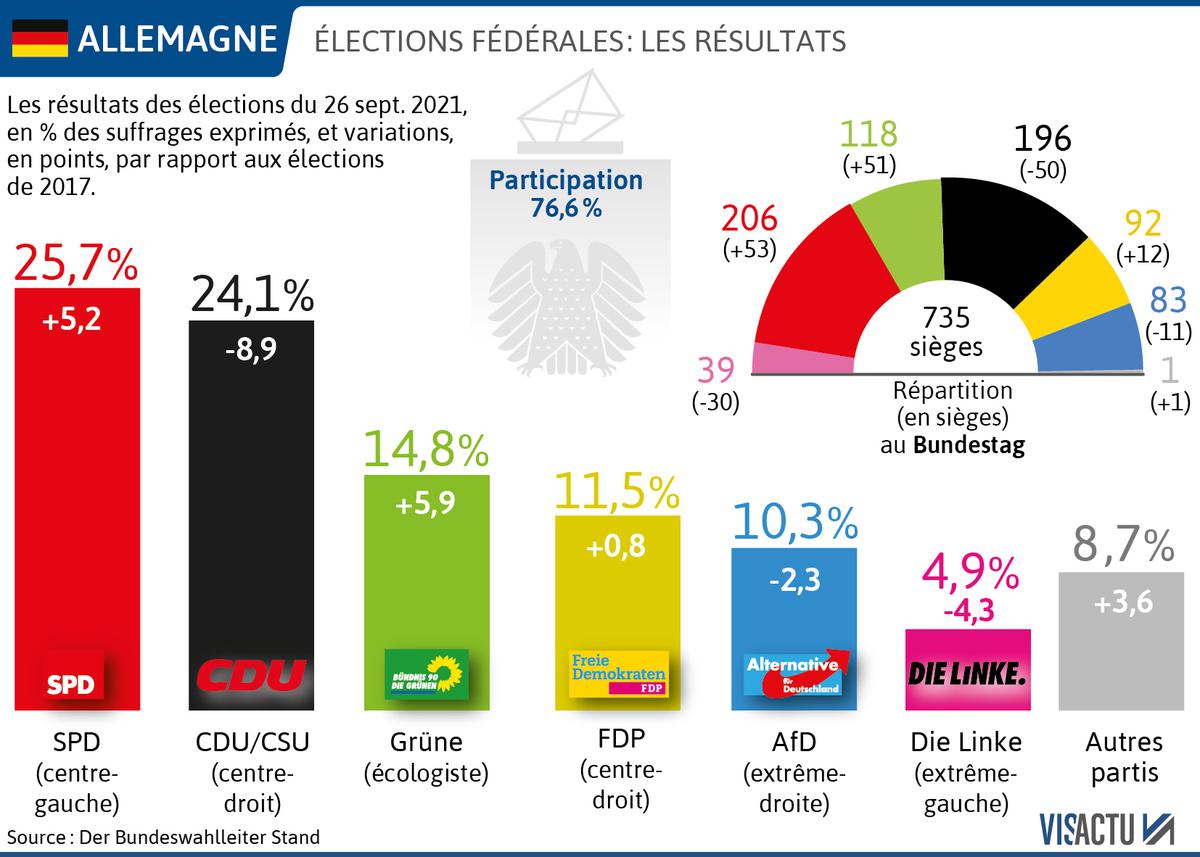Harnessing AI For Wildlife Conservation: A Balanced Perspective

Table of Contents
AI-Powered Monitoring and Surveillance
AI is rapidly transforming how we monitor and protect wildlife. Through advanced technologies, we can achieve greater efficiency, reduce risks to human personnel, and cover wider areas than ever before.
Real-time Tracking and Poaching Prevention
AI-powered surveillance is becoming a crucial weapon in the fight against poaching. Drones equipped with sophisticated cameras and AI-driven image recognition can track endangered animals in real-time, providing crucial data on their movements and behavior. Simultaneously, sensor networks and strategically placed camera traps analyze acoustic data (like gunshots or vehicle sounds) and visual data to detect illegal activities, alerting authorities instantly.
- Examples: AI algorithms are already successfully identifying endangered rhinos from drone footage in South Africa, and analyzing acoustic data to pinpoint the location of illegal logging in the Amazon rainforest.
- Advantages:
- Increased efficiency in monitoring large areas.
- Reduced human risk in dangerous environments.
- Early detection of poaching attempts, allowing for swift intervention.
- Wider coverage than traditional methods, reaching remote and inaccessible regions.
- Keywords: AI-powered surveillance, wildlife monitoring, anti-poaching technology, drone surveillance, acoustic monitoring.
Habitat Monitoring and Analysis
Beyond anti-poaching efforts, AI plays a vital role in habitat monitoring. By analyzing satellite imagery, aerial photos, and sensor data, AI algorithms can detect deforestation, habitat fragmentation, and other environmental changes that significantly impact wildlife. This allows conservationists to:
- Identify suitable habitats for endangered species.
- Predict species distribution shifts due to climate change.
- Assess the impact of human activities on ecosystems.
- Machine learning algorithms excel at pattern recognition, enabling them to identify subtle changes in vegetation, land use, and other crucial indicators of environmental health.
- Keywords: habitat monitoring, satellite imagery analysis, environmental monitoring, climate change impact, species distribution modeling.
AI in Conservation Research and Data Analysis
The sheer volume of data generated by conservation efforts—from camera traps to GPS tracking devices—presents a significant analytical challenge. AI provides the tools to unlock the power of this data.
Analyzing Large Datasets for Insights
AI’s capacity to process and analyze massive datasets is transformative for wildlife research. Machine learning algorithms can:
- Automatically identify species from images and videos.
- Analyze animal behavior patterns to understand social dynamics and ecological interactions.
- Estimate population sizes and densities with greater accuracy.
- Detect subtle trends and anomalies that might otherwise go unnoticed.
- Keywords: data analysis, machine learning, wildlife research, species identification, population estimation.
Predictive Modeling for Conservation Strategies
AI's predictive capabilities are invaluable for conservation planning. By analyzing historical data and environmental factors, AI models can:
- Predict poaching hotspots, enabling proactive anti-poaching strategies.
- Assess the effectiveness of protected areas and identify areas needing improved management.
- Optimize resource allocation by identifying areas where conservation efforts will have the greatest impact.
- Simulate the potential outcomes of various conservation interventions, allowing for more informed decision-making.
- Keywords: predictive modeling, conservation planning, resource allocation, threat assessment, reintroduction programs.
Ethical Considerations and Challenges of Using AI in Wildlife Conservation
While the potential of AI in wildlife conservation is immense, it’s crucial to address the ethical considerations and challenges.
Data Privacy and Security
Sensitive data about wildlife locations and behaviors must be protected from misuse. Robust security measures and responsible data management practices are essential.
Algorithmic Bias and Fairness
AI algorithms are trained on data, and biases in that data can lead to unfair or inaccurate outcomes. Ensuring fairness and transparency in AI algorithms is paramount.
Cost and Accessibility
Implementing AI solutions can be expensive, creating accessibility challenges, particularly for organizations in developing countries. Affordable and accessible AI tools are needed to ensure equitable access to these technologies.
Human-AI Collaboration
AI should augment, not replace, human expertise. Effective wildlife conservation requires a collaborative approach that integrates AI's capabilities with the knowledge and experience of conservation professionals.
- Keywords: ethical considerations, data privacy, algorithmic bias, accessibility, human-AI collaboration.
The Future of Wildlife Conservation with AI
AI offers unprecedented opportunities to enhance wildlife protection and conservation efforts. By harnessing its power responsibly, we can achieve more effective monitoring, better-informed conservation strategies, and a more comprehensive understanding of the complex challenges facing our planet's biodiversity. However, it's crucial to acknowledge the limitations and potential risks associated with AI, emphasizing responsible development and transparent implementation. The future of AI in wildlife conservation hinges on our collective commitment to ethical practices and equitable access. Learn more about AI-driven conservation efforts, support organizations adopting AI for wildlife protection, and consider how you can contribute to this critical field. The future of wildlife conservation depends on our ability to harness the power of AI responsibly and effectively.

Featured Posts
-
 Le Sans Alcool Une Alternative Saine Et Economique Inspiree Du Dry January Et De La Tournee Minerale
Apr 23, 2025
Le Sans Alcool Une Alternative Saine Et Economique Inspiree Du Dry January Et De La Tournee Minerale
Apr 23, 2025 -
 Chinas Shift From Us To Canadian Oil Amidst Trade Tensions
Apr 23, 2025
Chinas Shift From Us To Canadian Oil Amidst Trade Tensions
Apr 23, 2025 -
 Cy Young Winners 9 Run Lead April Game A Deep Dive Into The Dominant Performance And Strikeouts
Apr 23, 2025
Cy Young Winners 9 Run Lead April Game A Deep Dive Into The Dominant Performance And Strikeouts
Apr 23, 2025 -
 Elections Legislatives Allemandes A J 6 Les Enjeux
Apr 23, 2025
Elections Legislatives Allemandes A J 6 Les Enjeux
Apr 23, 2025 -
 Resultats Fdj Du 17 Fevrier Hausse En Bourse Et Perspectives
Apr 23, 2025
Resultats Fdj Du 17 Fevrier Hausse En Bourse Et Perspectives
Apr 23, 2025
